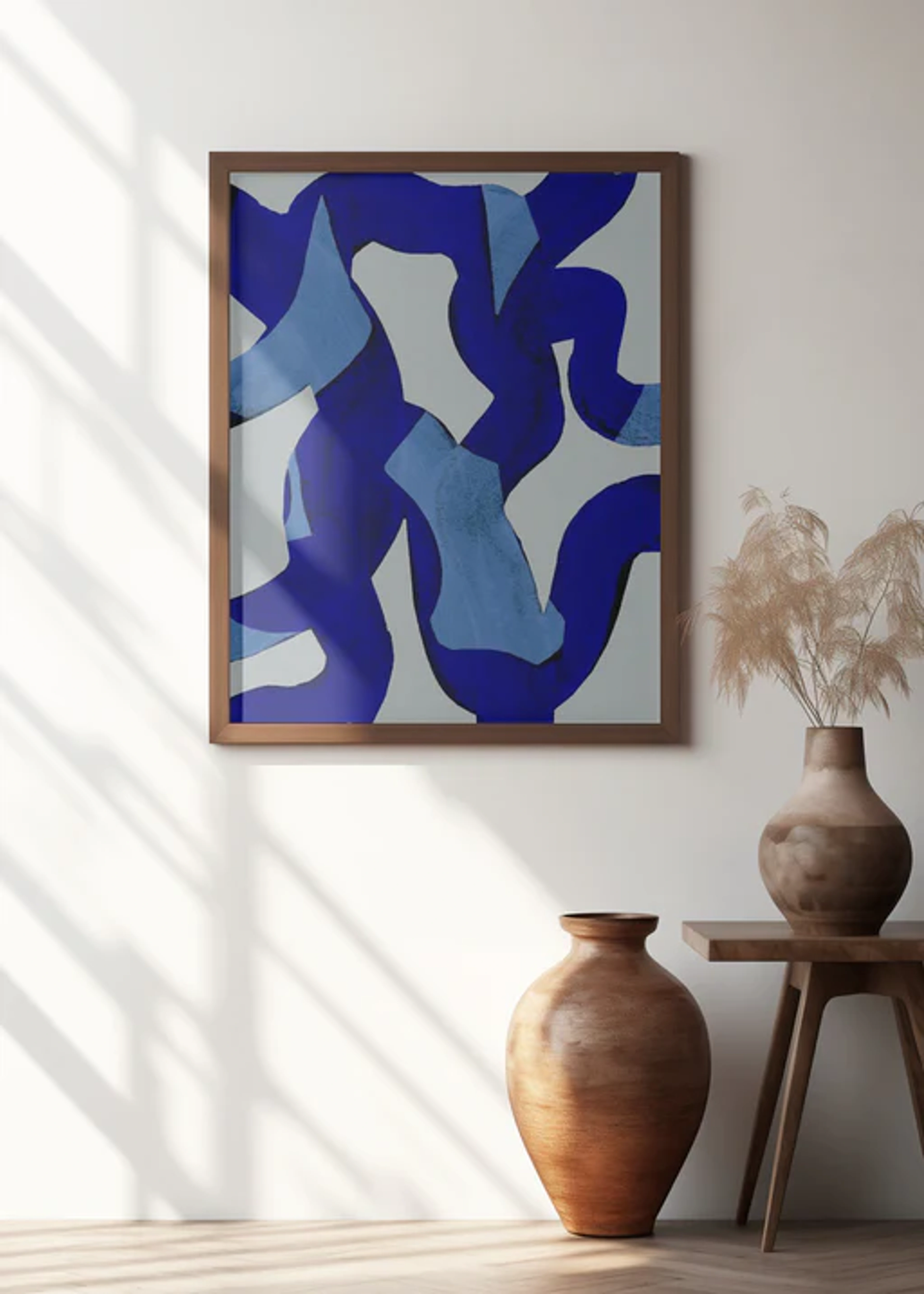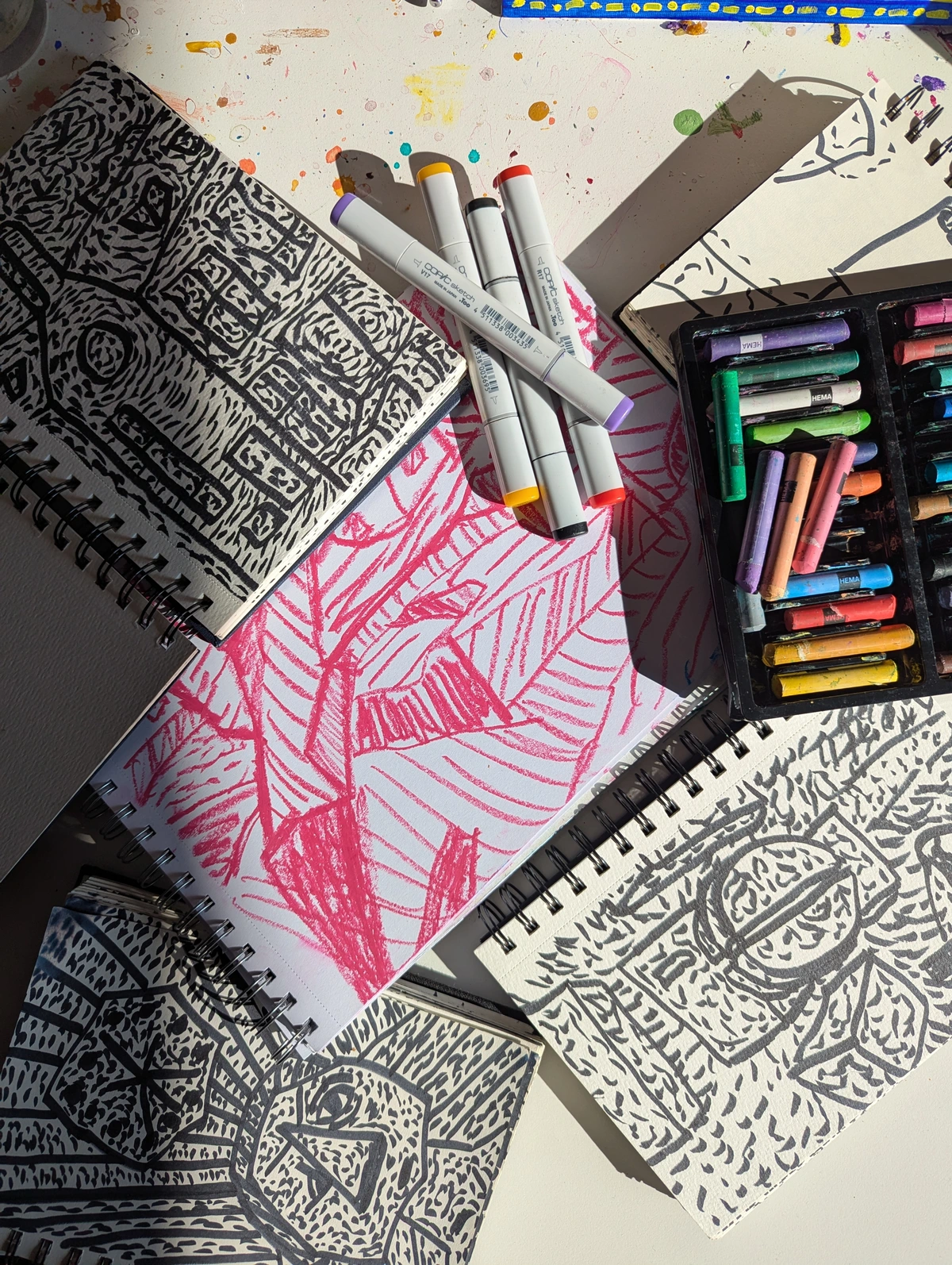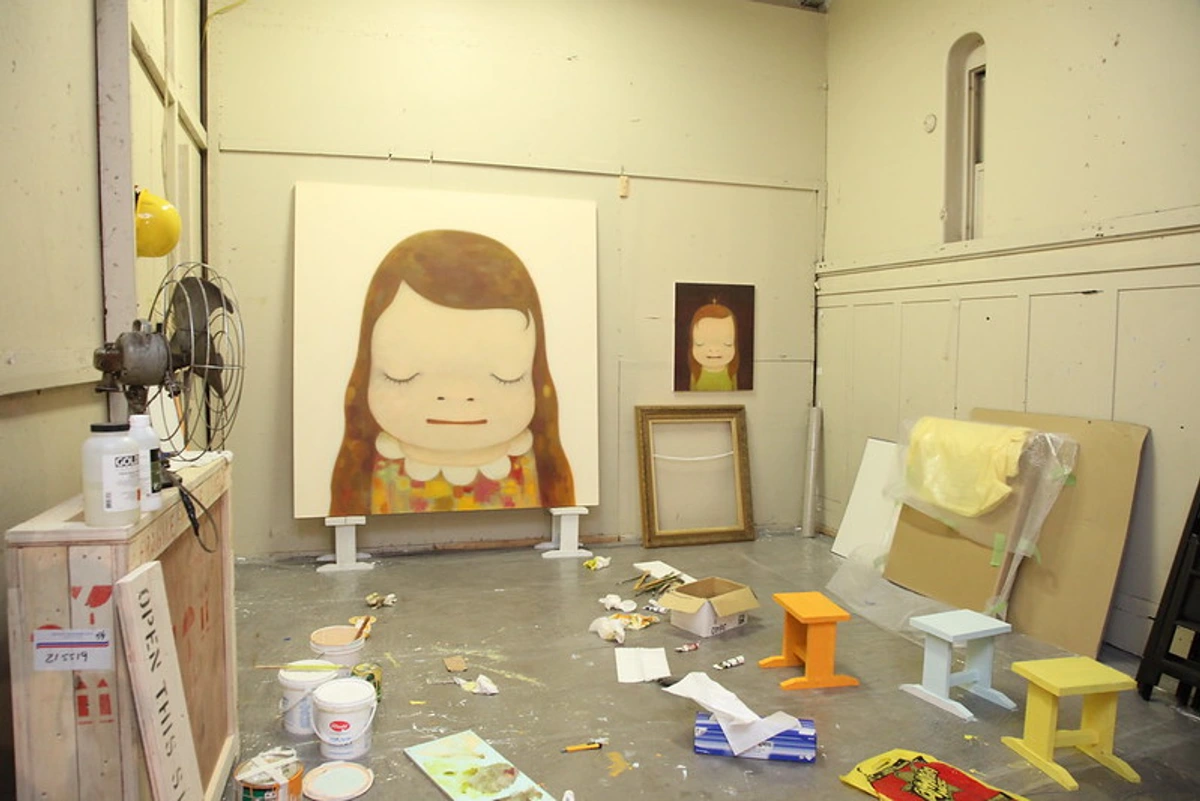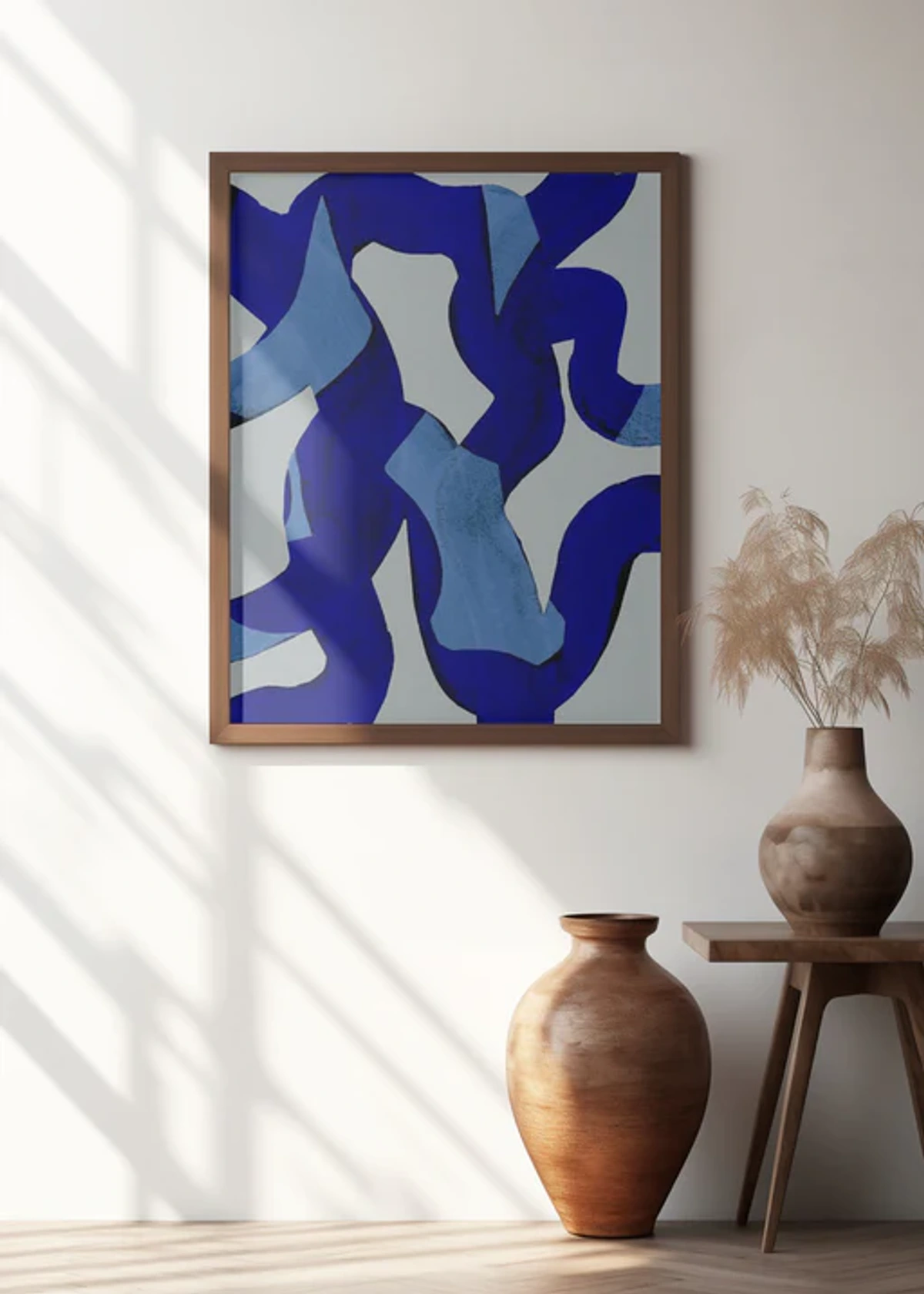
Masters of the Line: Famous Drawers Today & Why Drawing Endures
Who are the famous drawers today? Explore the contemporary artists keeping the art of drawing alive, from intricate lines to expansive installations. A personal look at why drawing still matters.
Masters of the Line: Who Are the Famous Drawers Today?
Drawing. It feels... fundamental, doesn't it? Like the first mark a child makes, or the quick sketch an architect jots down. For me, drawing has always been this quiet, personal space. It's where ideas start, where I can just let my hand move and see what happens. Sometimes it's a mess, sometimes it's a tiny spark. But it's always direct, always honest.
In a world buzzing with digital art, massive installations, and paintings that fetch astronomical prices, you might wonder: is drawing still a big deal? Are there artists out there making their name primarily with a pencil, charcoal, or ink? The answer is a resounding yes. Drawing isn't just a preparatory step; for many contemporary artists, it's the main event. It's raw, immediate, and incredibly powerful.
The Enduring Power of the Line
Why does drawing persist? Why, when we have endless tools and technologies, do artists still return to the simple act of putting line to paper? I think it's because drawing is inherently human. It's a direct extension of thought, a visible trace of the artist's hand and mind working in real-time. There's an intimacy to it that's hard to replicate.
Think about it. A drawing often feels like a window into the artist's process, their initial idea, their vulnerability. It's less mediated than a large painting or a complex sculpture. It's just... there. The line, the shade, the texture – they speak directly to you.

Historically, drawing has always been the backbone of artistic training and practice. From the Renaissance masters sketching anatomical studies to the Impressionists capturing fleeting moments with quick lines, drawing was essential. And while the art world has evolved dramatically (Ultimate Guide to Art Styles & Movements: From Byzantine to AI Art), the fundamental act of drawing remains a potent form of expression.
Today, artists are pushing the boundaries of what drawing can be. It's not just small sketches in notebooks (though those are still vital!). It's large-scale installations, animated projections, intricate works on paper that rival the complexity of paintings, and conceptual pieces where the act of drawing is the art itself. If you're interested in the broader world of contemporary art, exploring drawing is a must. You can find out more about Famous Visual Artists Today: The Ultimate Guide and Best Contemporary Artists: Influential Figures & Guide who often incorporate drawing into their practice.
Who Are These Masters of the Line Today?
Okay, let's talk names. Who are some of the contemporary artists who are making waves with drawing? This isn't an exhaustive list, and the art world is vast and ever-changing, but here are a few prominent figures whose drawing practice is central to their work:
- William Kentridge (South Africa): Known for his animated drawings, often charcoal and ink on paper, which he repeatedly alters, erases, and re-draws. His work explores themes of history, memory, and the socio-political landscape of South Africa. The process of drawing and its inherent mutability is key to his powerful films and installations.
- Julie Mehretu (Ethiopia/USA): Her massive, complex drawings and paintings (which often start as intricate drawings) are like maps of globalized urban spaces and social histories. Layers of architectural plans, diagrams, and abstract marks create dynamic, swirling compositions that are breathtaking in scale and detail.
- Raymond Pettibon (USA): Famous for his distinctive ink drawings with accompanying text, often dealing with American counterculture, politics, and literature. His raw, graphic style feels immediate and subversive, like pages ripped from a punk zine or a dark graphic novel.
- Georg Baselitz (Germany): While also a painter and sculptor, Baselitz's drawings and prints are a significant part of his oeuvre. His characteristic upside-down figures often appear in his drawings, exploring themes of identity and history through a distorted lens. You can learn more about his work in the Georg Baselitz: Ultieme Gids voor Zijn Ondersteboven Kunst article.
- Yoshitomo Nara (Japan): While perhaps best known for his paintings and sculptures of slightly menacing, wide-eyed children and animals, Nara's drawing practice is prolific and foundational. His sketches and drawings often capture the raw emotion and simplicity that define his iconic characters. Check out the Yoshitomo Nara: Ultieme Gids over Zijn Kunst, Stijl & Invloed for more.
These artists, and many others, demonstrate the incredible versatility and continued relevance of drawing as a primary artistic medium. They show that drawing is far more than just preliminary work; it's a powerful way to explore complex ideas and emotions.

Why Drawing Resonates on a Personal Level
There's something incredibly intimate about a drawing. When I look at a drawing, I feel closer to the artist than with almost any other medium. It's like seeing their handwriting, their thought process laid bare. The hesitations, the bold strokes, the smudges – they all tell a story.
It reminds me of sitting down with my own sketchbook, the quiet scratch of the pencil, the way the paper feels. It's a very direct conversation between the artist and the material, and somehow, as a viewer, you get to be part of that conversation. It's a connection that transcends language and culture.
If you're just starting to explore the art world, or even if you're looking to Buy Art for Beginners: Your Simple Guide to Finding and Loving Art, don't overlook drawing. It offers a unique entry point into an artist's world.
Collecting Contemporary Drawings
Thinking about adding a drawing to your collection? Great idea! Contemporary drawings can be a fantastic way to acquire work by established or Spotting Value: How to Identify Emerging Artists Worth Collecting without the price tag of a major painting or sculpture. They often offer a more accessible entry point into the art market.
You can find drawings at galleries, art fairs (Visiting Art Fairs: Essential Tips for Art Buyers & Collectors), and online platforms (Buy Art Online Safely: The Ultimate Guide & Insider Tips). Sometimes, artists also sell studies or smaller works directly from their studio or website. (Speaking of which, you can always check out my own art for sale if you're curious!).
Remember to consider whether you're buying an original drawing or a print. Both are valid ways to collect, but they are different. Learn more in Prints vs Paintings: Ultimate Guide to Choosing, Valuing & Caring for Art and Understanding Limited Edition Prints Explained: Your Ultimate Art Guide.

Displaying Your Drawings
Once you have a drawing, how do you show it off? Framing is key for protecting works on paper. Choosing the right frame and mat can really enhance the piece and protect it from environmental damage. My guide, The Ultimate Guide to Framing Your Artwork: Tips & Techniques, can help.
When it comes to hanging, drawings often work well in groups or as part of a gallery wall. Their smaller scale can make them versatile for different spaces in your home. Need ideas? Check out How to Display Art at Home: Tips for Sculpture, Photography & Large Canvases (many tips apply to drawings too!) or general guides like How to Decorate a Wall: Ultimate Guide with Ideas & Tips.
FAQ: Famous Drawers Today
Here are some common questions people ask about contemporary drawing and the artists who practice it:
- What's the difference between drawing and sketching? Sketching is often seen as a preliminary, quick form of drawing, capturing initial ideas or observations. Drawing can be a finished work in itself, more detailed and refined than a sketch. However, the lines are often blurred, and many artists consider their sketches to be finished drawings.
- Are drawings valuable? Absolutely! The value of a drawing depends on the artist's reputation, the work's significance, condition, and provenance. Drawings by famous contemporary artists can fetch high prices, though they are often more accessible than their paintings.
- How do I care for a drawing? Works on paper are sensitive to light, humidity, and acidity. Always frame drawings using archival materials and UV-protective glass. Keep them out of direct sunlight and stable environments. For more detailed care tips, see Art Care 101: Essential Tips to Preserve & Protect Your Artwork.
- Can I buy drawings online? Yes, many galleries and online platforms sell drawings. Just be sure to buy from reputable sources and ask for detailed information about the artwork's condition and authenticity.
Conclusion: The Line Lives On
Drawing, in its many forms, is thriving in the contemporary art world. It's a testament to the power of the simple line and the direct connection it offers between artist and viewer. From monumental architectural visions to intimate, raw expressions, contemporary drawers are proving that this ancient medium is as relevant and exciting as ever.
So next time you're exploring art, take a moment to really look at the drawings. You might just find a connection that surprises you. It's a journey I'm still on myself, constantly discovering new ways the line can speak. If you're ever near 's-Hertogenbosch, you could even visit my museum to see some of my own work and perhaps see how drawing influences my practice (Zen Museum 's-Hertogenbosch).
Keep drawing, keep looking, keep exploring.




